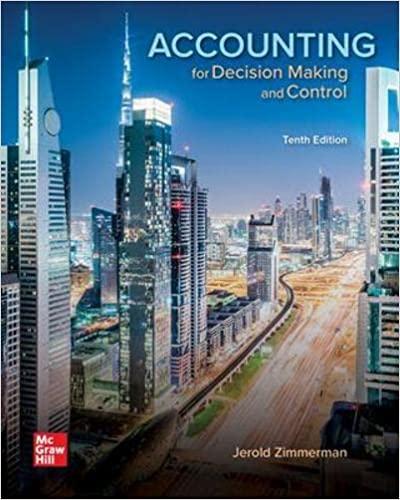financial management
Light Ltd is proposing the construction of a new plant. The company has recently completed a $300,000, two- year feasibility study on this project. it estimated that 30,000 units of its new search lights could be sol-ct _ { annually over the next ten years at a price of $10,000 each. The cost of goods sold is expected to be 50% of total sales per year and xed costs are estimated to be $90,000,000 per year. Light needs to burld new facilities costing $100,000,000 and the company will spend $30,000,000 buying a suitable piece of land. The $100,000,000 tacility will be depreciated on a straight-line basis to zero salvage value over the ten years life of the project. At the conclusion of the project the company expects to sell the facilities for an estimated value of $10,000,000. Land value is expected to remain stable over the life of the project. So, the company believes it will be able to sell the land at the purchase price. The project will initially require an increase in net working capital of $2 million that will be recovered at the end of the project. Assume all cash flows relating to sales and costs are received or made at the end of each year. Company's required payback is 2 years and required rate at return is 12%. The company tax rate is 30%. As a'tinancial manager of the company, you're conducting a cap-ital budgeting analysis of this project. 1 . Calcutate the incremental cash tlows for each year (Yo to Y1!) inclusive). (20 marks) 2. Calculate the payback period of the project. (Show answer correct to two decimal places.) (3 marks) 3. Calculate the net present value, that is, the not benefit or net loss in present value terms of the project. (Show answer correct to the nearer cent.) (6 marks) 4. Calculate the present value index of the project. (Show answer correct to four decimal places.) (2.5 marks) 5. Calculate the Net Present Value index of the project. (Show answer correct to four decimal places.) (2.5 marks) I 5. Calculate the discounted payback period of the project. (Show answer correct to two decimal places) (4 marks) 7. Calculate the internal rate of return of the project using 'trial & error and interpolatio-n' method. (Show * answer correct to tour decimal places) ('7 marks) 8. identify and discuss any turther information that the company may require to help make the acoeptlreject decision about this project. (Maximum 250 words). (5 marks) \"9. Explain under each criteria (that you calculated above) and overall if the company should accept this project or not







